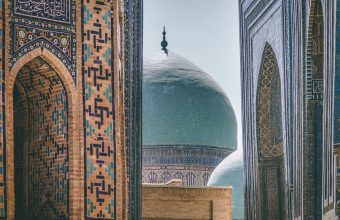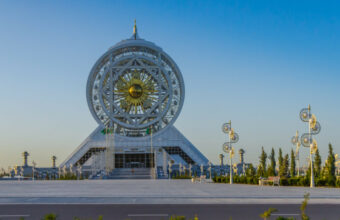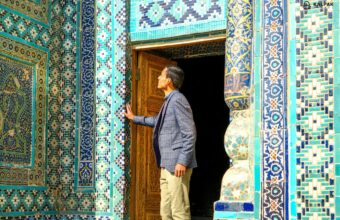Samarkand
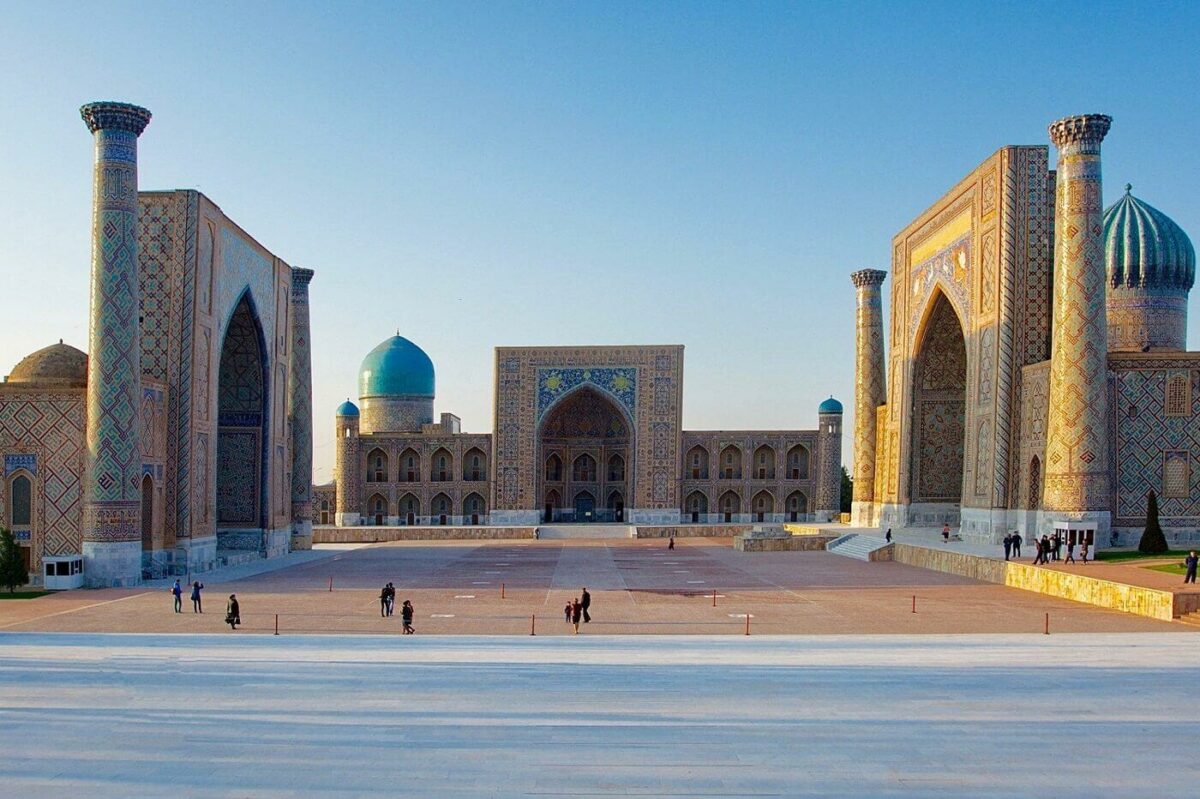
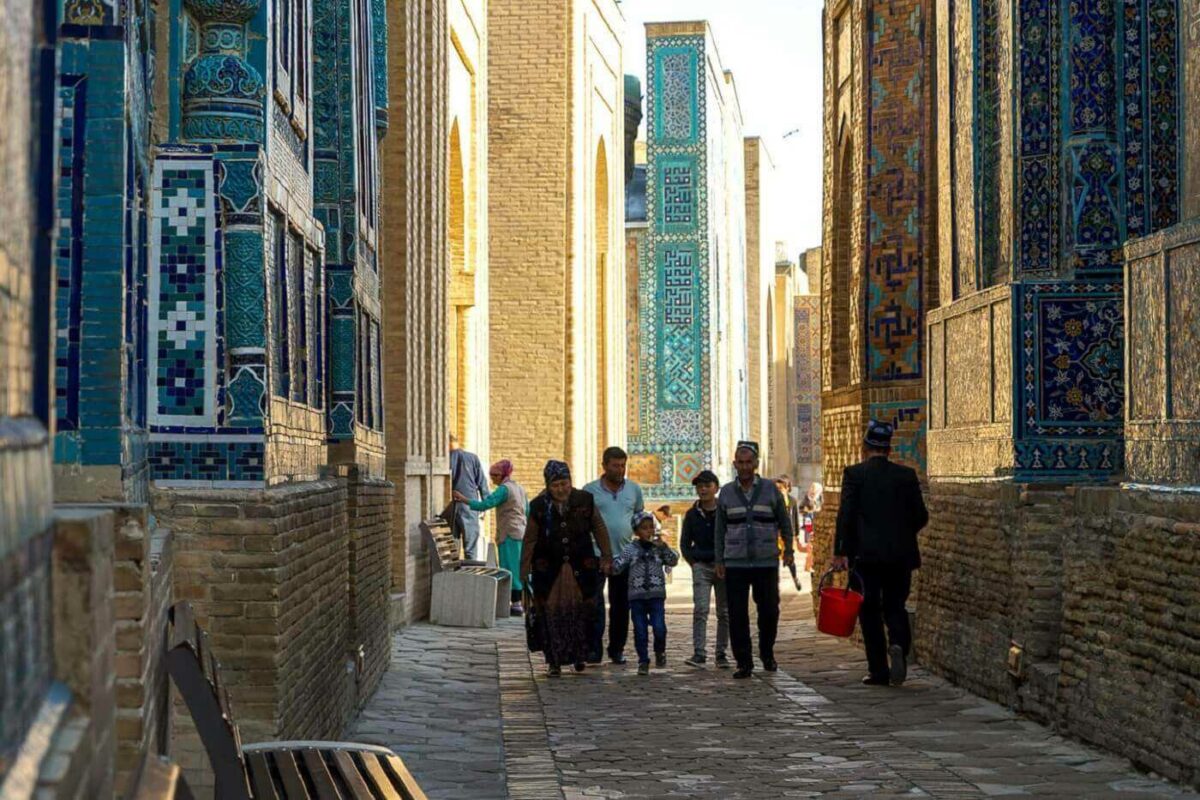
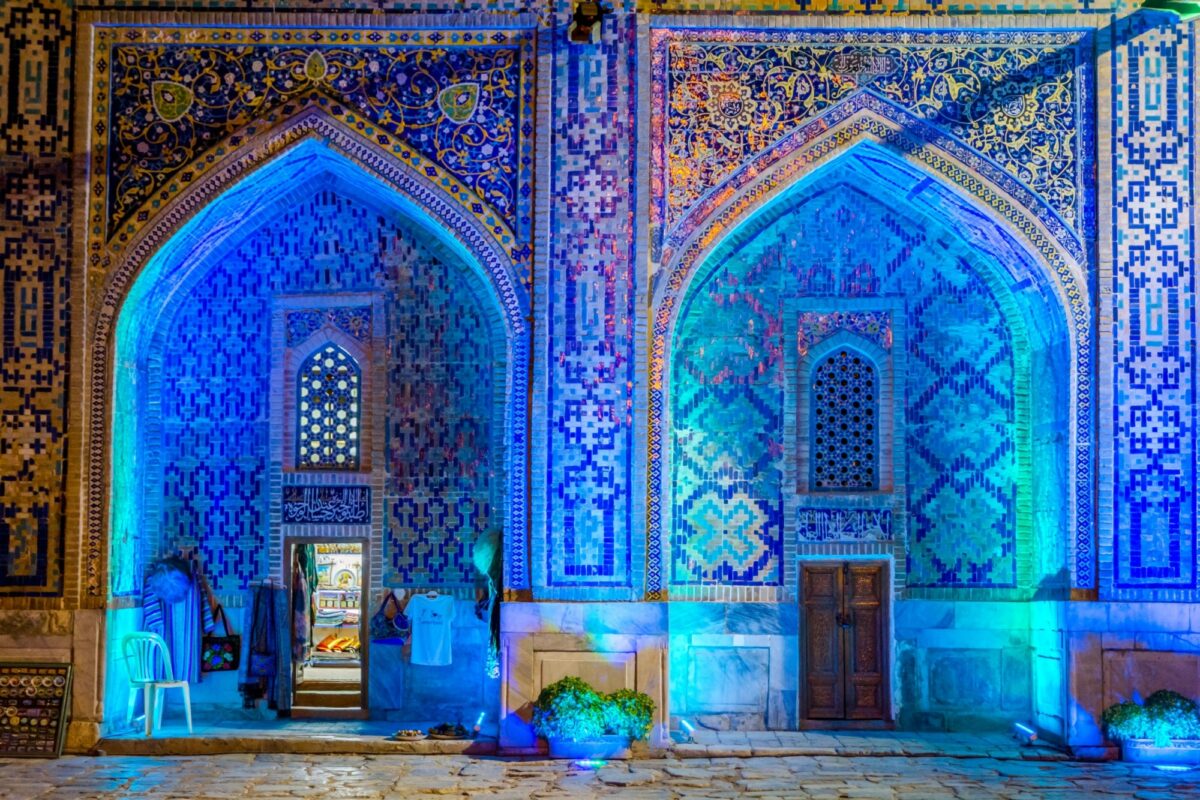
A rebuilt 14th-century city, Samarkand in Uzbekistan is a striking place to visit with mosques covered in ceramic tiles and sand coloured buildings.
One of the major stops along the Silk Road, Samarkand is divided into the old city and the new city with the majority of historical monuments located in the old city.
The Registan is just one of the highlights, a large, open square (the name means “sandy place”) where people gathered, heard royal proclamations and watched executions. The buildings are covered in ceramic tiles and date back to the 15th century, restored in the 20th, they are among the finest examples of Islamic architecture anywhere.
Other sights include the Bibi Khanum Mausoleum, Ulughbek Observatory and a number of mosques and madrasas including the Ulughbek and the Shirdar Madrasas. The Shah-i Zinde is one of the key sights in Samarkand, which is a complex made up of mausoleums and mosques that houses the most important Muslim shrines that gives the complex its name, ‘the tomb of the living king’ - thought to be the grave of Qusam ibn-Abbas.
Paper-making is a craft that gets little attention among the splendour of Uzbekistan’s other artistic endeavors, but Samarkand’s paper museum is trying to change that. The museum traces down the history of paper from China to the Middle East and Europe, and shows the process as it is still being used today.
Drinkers, on the other hand, will enjoy a visit to the Hovrenko wine factory to hear the story of viticulture in a Muslim country.
Samarkand
Unique heritage
No place on the long and winding Silk Road captures the imagination quite like Uzbekistan's Samarkand, the beautifully-preserved 14th-century city and centre of the mighty Timurid Empire. The dazzle of ceramic tiles lining the monuments is a sight to behold, inviting you to delve into the city’s long and turbulent history. How could Timur, an emperor renowned for his cruelty, be responsible for something as lovely as Samarkand? His conquests clearly paid off: by dragging skilled artisans from around Eurasia to his capital, he created an arresting architectural statement that has stood the test of time...read more
Samarkand Travel Guides
14 days
Essential Uzbekistan & Turkmenistan
Explore the historical heritage of Persian Central Asia
21 days
The Silk Road Trail
Explore Kazakhstan, Uzbekistan, Kyrgyzstan and Turkmenistan
Samarkand Tours
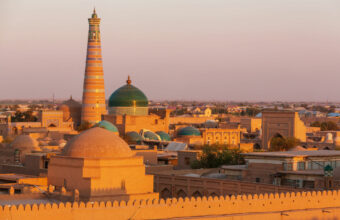
Best of Central Asia
Experience the people, history and nature of the 'Five Stans
22 daysFrom $6,230
Historical Cities of Central Asia
Following in the footsteps of Marco Polo
15 daysFrom $5,220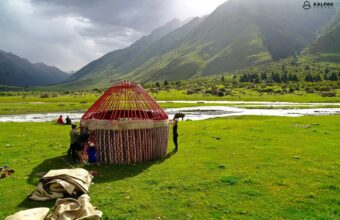
Best of Kyrgyzstan & Uzbekistan
Follow the footsteps of the Kyrgyz Nomads and ancient Silk Road traders
15 daysFrom $4,950Samarkand Travel Companies
